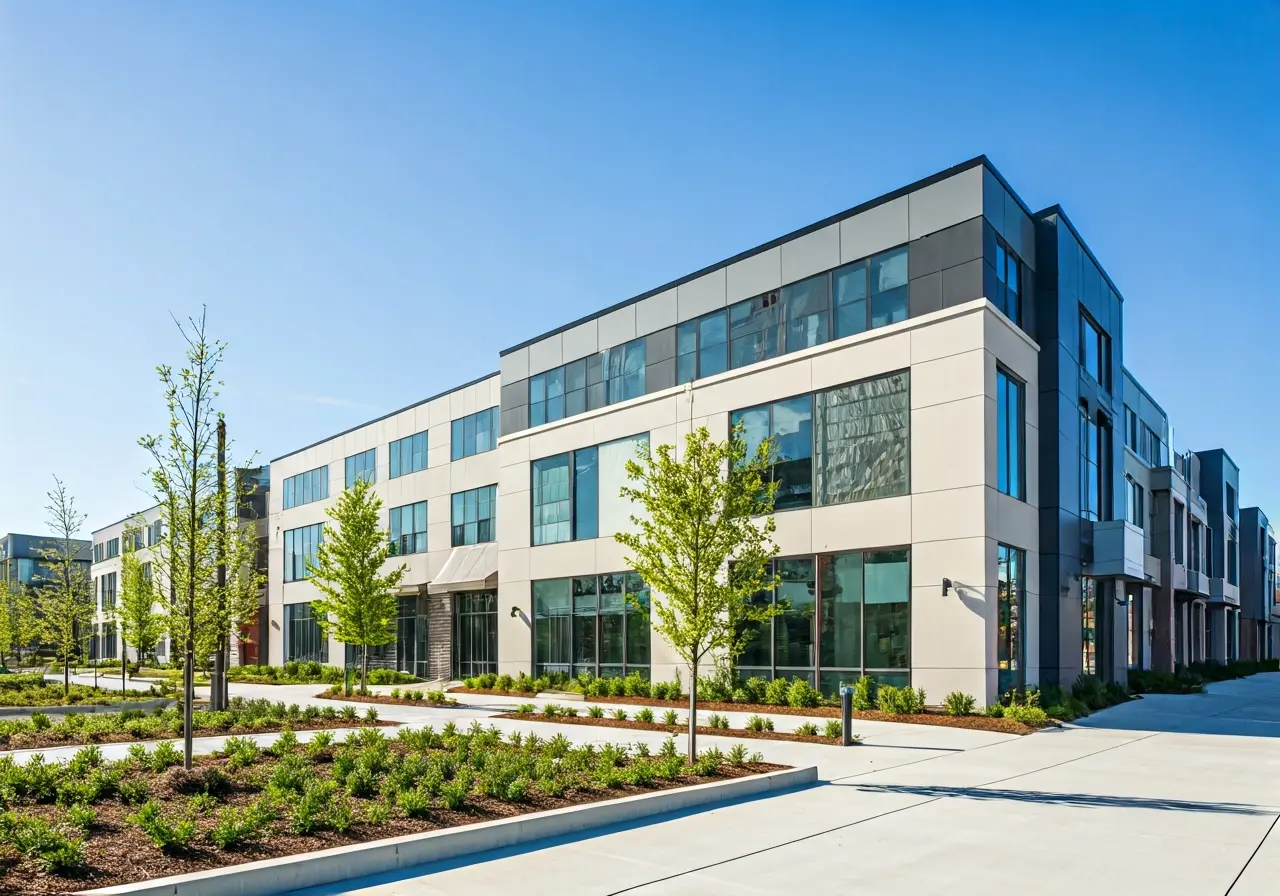One of the biggest topics in retail for 2016 is the rise of e-commerce. New technology and the digitization of the industry will bring a lot of change to the retail industry in the coming year. Some predictions for the direction of e-commerce in the new year include:
- Facebook will surpass YouTube for branding. Facebook videos receive more total views than YouTube videos, which will lead to Facebook becoming the top video branding platform in 2016.
- Amazon will launch Amazon Prime Air, which provides drone-based deliveries in as little as a few hours, effectively kicking off the drone era.
- Mobile shopping will exceed desktop shopping. It is expected that 60% of holiday shopping will come from smartphones and tablets in 2016.
- Personalization and hyper-localization will drive growth in global commerce. Retailers will be challenged with creating deeper, more personalized and localized experiences for their global customers.
- E-commerce will rise to become 10% of all retail by the year’s end.
With all of this talk about the rise of e-commerce, it is important to address the common misconception that e-commerce will soon replace brick-and-mortar retail stores. This idea couldn’t be farther from the truth. Rather than take over the retail market, e-commerce will simply be one of many purchasing paths from which a consumer can choose.
Perhaps the biggest development to expect in 2016 is the blending of physical (brick-and-mortar) and digital (e-commerce) purchase channels. The Oculus Rift virtual reality headset is gaining popularity with retailers as a customer engagement tool. Retale Virtual Reality for Oculus Rift updated version is being released this year, and will provide customers with an immersive, 3D environment where they can shop context-based local offers. Users will be able to browse virtual showrooms and select products or stores and add them to their shopping list on the Retale mobile app. Based on the users’ selections, Retale will then send the user navigation information to guide them to the nearest retail location to purchase their selection, driving traffic to store sites.
Star World is another example of digital and physical commerce coming together to create the ultimate shopping experience. A hybrid of brick-and-mortar and e-commerce, Star World combines the convenience and selection of online retail in a physical environment through interactive store kiosks. These in-store kiosks allow shoppers to browse the warehouses of Star World’s suppliers and make online purchases while simultaneously saving Star World warehouse costs.
Star World and Retale Virtual Reality for Oculus Rift are just two examples that highlight the need for e-commerce and brick-and-mortar to work together to create profitable new points of distribution and increase consumer awareness. A study completed by L2 and sponsored by Simon Property Group found retailers who use an omnichannel strategy that includes both online and physical stores are the most successful. Online only retailers are disadvantaged due to their high marketing and shipping costs, whereas online retailers that leverage physical stores drive higher organic site traffic and lower customer acquisition costs, all the while elevating brand awareness across multiple channels.
infinitee’s expertise in integrated marketing, digital and social media, and branding gives us an advantage when it comes to finding the optimal combination of physical and digital channels. The time to get started on this rising trend is now. Call Jocelyn Smith (404-231-3481) today to get your business on track for 2016.


.jpg)
